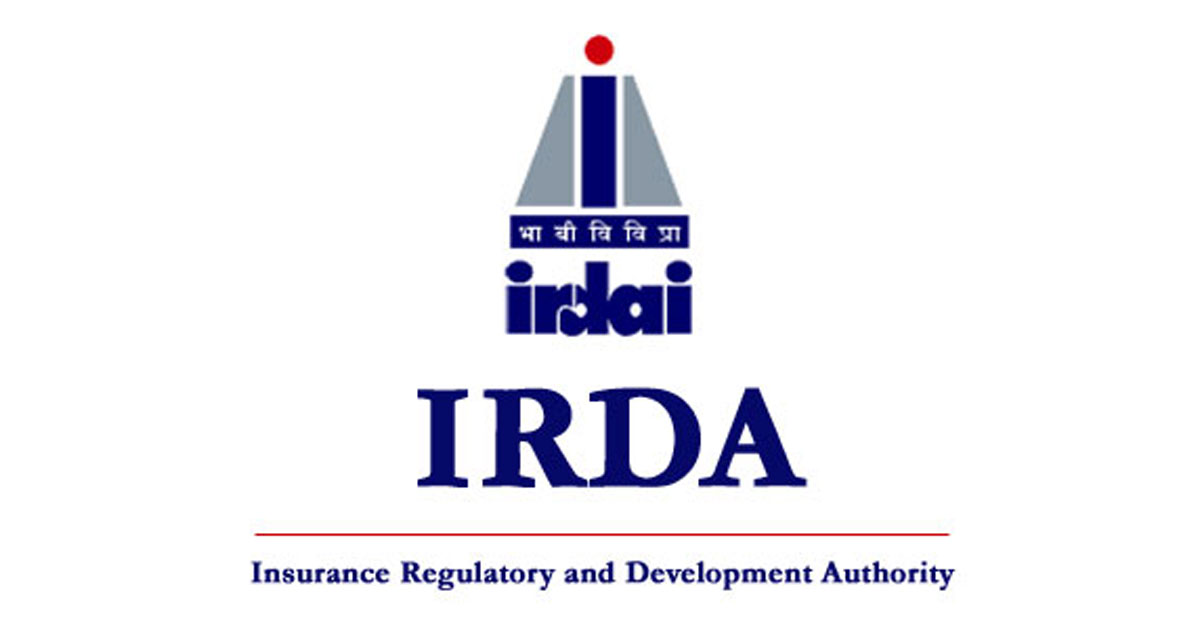Nearly 500 million individuals in India would be covered by health insurance plans in the fiscal year 2020.

In the fiscal year 2018, the overall prevalence of health insurance in India was around 35%.
As a result, less than half of the population is covered for medical expenses. Add to that the high poverty rate, and it's easy to see why a big portion of society cannot afford proper healthcare.
So, how might major medical services be made more accessible to Indian citizens?
The answer is, with the help of new and beneficial health insurance systems supported by the Indian government.
Here are some of the most essential programmes to examine, which have enabled millions of Indians to afford high-quality medical treatments and surgeries when they are required.
1. Bhamashah Swasthya Bima Yojana
This is a specific initiative to provide healthcare insurance coverage to Rajasthan's rural residents.
Individuals who are qualified for benefits under the Rashtriya Swasthya Bima Yojana and the National Food Security Act (NFSA)can also participate in this plan.
Another thing to keep in mind is that there is no upper age limit for policyholders under this scheme.
Also Read: BSBY - Bhamashah Swasthya Bima Yojana
RSBY scheme has been launched by the Ministry of Labour and Employment, Government of India to offer health insurance schemes to below Poverty Line society of the nation.
2. Chief Minister’s Comprehensive Insurance Scheme
Tamil Nadu, in collaboration with the United India Insurance Company provides this remarkable family floater medical insurance to the state's needy citizens.
Individuals earning less than Rs.75000 per year are eligible for CM health insurance scheme. If you take advantage of this offer, you will be able to claim up to Rs.5 lakh in hospitalisation charges at certain government and private medical facilities.
3. Karunya Health Scheme
The Karunya medical insurance plan, another popular project of the Kerala government, provides critical illness coverage to persons from economically disadvantaged parts of society.
All of these health issues, from cancer to cardiac ailments, are classified as chronic illnesses. Keep in mind that most ordinary policies provide only little financial coverage for catastrophic illnesses.
To participate in this scheme, you must provide your income certificate as well as a photocopy of your Aadhaar card.

4. Pradhan Mantri Suraksha Bima Yojana
The Pradhan Mantri Suraksha Bima Yojana intends to give accident insurance coverage to Indian citizens. This scheme is available to individuals between the ages of 18 and 70 who have a bank account.
This policy covers a total disability and death cover of Rs 2 lakh per year, as well as a partial disability cover of Rs 1 lakh per year. The policy premium is deducted automatically from the policyholder's bank account.
5. Mahatma Jyotiba Phule Jan Arogya Yojana
The Maharashtra government created Mahatma Jyotiba Phule Jan Arogya Yojana medical insurance programme for people living below the poverty level.
However, only certain district inhabitants are eligible to apply. From the first day of coverage, policyholders can seek financial compensation for the disorders listed as inclusions. The maximum amount of coverage is Rs.1.5 lakh.
6. Dr YSR Aarogyasri Health Care Trust (Andhra Pradesh State Government)
This is an umbrella plan that comprises four various types of programmes for Andhra Pradesh inhabitants, rather than a single scheme.
One is for the poor, while the other is for people who earn more than the poverty level. The third type of coverage is for journalists, and it provides the cashless treatment. Finally, another component of this umbrella plan is restricted to state personnel only.
7. Mukhyamantri Amrutum Yojana
As part of a Gujarat government initiative, Mukhyamantri Amrutum Yojana is a unique scheme introduced in 2012. Its goal is to help the state's inhabitants who are in the lower middle class or are below the poverty line.
A family floater policy provides beneficiaries with an amount insured of Rs.3 lakh. Treatment is available at a range of medical facilities, including trust-based hospitals, public and commercial hospitals.
8. Rashtriya Swasthya Bima Yojana
Labourers and those working in the unorganised sector are frequently without health insurance coverage. However, these people, like others, are subjected to illness and accidents. As a result, the need for medical care is just as acute for them as it is for others.
The Ministry of Labour and Employment is in charge of providing such policies to unorganised sector workers and their families (up to 5 people).
The beneficiary under this scheme is entitled to hospitalisation expenses up to Rs. 30,000 for illnesses that require hospitalisation.
Under RSBY scheme, pre-existing ailments are covered from the start of the policy, and there is no age limit to avail the scheme. You can buy health insurance a cover for self, spouse and up to three dependents.
The registration fee for the beneficiary is Rs. 30, and the State and Central Government pays the premium.

9. West Bengal Health Scheme
Employees of the West Bengal state government are eligible for this medical insurance plan. It was created in 2008 and provides the employee and his/her family members with a sum insured of Rs. 1 lakh. In some situations, the plan will cover the cost of surgery as well as OPD treatments.
Another important item to understand is that, in addition to current employees, West Bengal Health Scheme includes equivalent provisions for retirees.
10. Yeshasvini Health Insurance Scheme
Farmers in Karnataka who are members of a cooperative might profit financially from this scheme.
These individuals can obtain medical coverage for approximately 800 treatments in a variety of medical specialities.
Beneficiaries must, however, attend network medical facilities only to obtain the necessary financial help during treatment.
11. Telangana State Government – Employees and Journalists Health Scheme
Telangana state government employees and journalists are provided with extensive medical care. This policy extends to retired or ex-workers as well as current employees.
The fundamental benefit of this system is cashless treatment, which allows policyholders to get treatment without financial constraints.
Government health insurance plans are appealing primarily because they are accessible at a fraction of the cost of normal coverage.
The options listed above are some of the most common government-backed medical care solutions offered to persons who cannot otherwise afford one.
Features and benefits of CGHS
- Domiciliary service
- Dispensary care
- Consultation with a specialist at dispensary, hospital and polyclinic
- Medical tests including x-ray, ECG, and other laboratory tests
- Hospitalisation cover
- Medicines requirements
- Heath education
12. Central Government Health Scheme (CGHS)
The Central Government Health Insurance Scheme (CGHS) is designed to provide comprehensive medical coverage to Central Government employees and their dependents living in the CGHS covered areas.
The health care facilities are provided through Allopathic, Yoga, Ayurveda, Sidha, Unani and Homeopathic system of medicine.
13. Ayushman Bharat – National Health Protection Mission:
The Ayushman Bharat is a national health protection scheme which will cover approximately 10 crore Below Poverty Line families. The scheme provides health cover up to Rs. 5 lakhs per family per year for secondary and tertiary medical care.
This health insurance scheme introduced by the government is subsuming the schemes that are in progress and are sponsored by the central government such as Rashtriya Swasthya Bima Yojana and Senior Citizen Health Insurance Scheme.
The primary objective of this scheme is to cooperate flexibility and healthcare system to the states. In order to implement this health insurance scheme, the states would require to have the SHA (State Health Agency).
Features and benefits
- The benefits offered under this scheme are portable across the nation.
- The beneficiary can avail cashless benefits from any public or private network hospitals across the country.
- The scheme offers paperless and cashless transactions.
- The scheme aims to provide increased benefit cover to over 40% population of the country.
- The scheme aims to target 10.74 crore poor, vulnerable, deprived rural families and specified occupational categories of urban workers' families.
14. Universal Health Insurance Scheme (UHIS):
The government health insurance schemes offer financial protection to the insurer, spouse, children and family members in case of an eventuality. A health insurance policy is a significant addition that everyone must add to their financial portfolio. To make this possible for each section of the country and achieve the objective of better health care facilities, the government has launched such schemes.
As a responsible citizen, let’s aim to communicate the above-mentioned government health insurance schemes to the needy section of the society. This will not only help them avail health care benefits offered by the government, but also take a step forward to make our nation healthier.
Also Read: It’s march & Healthy Aging® Month 2022







